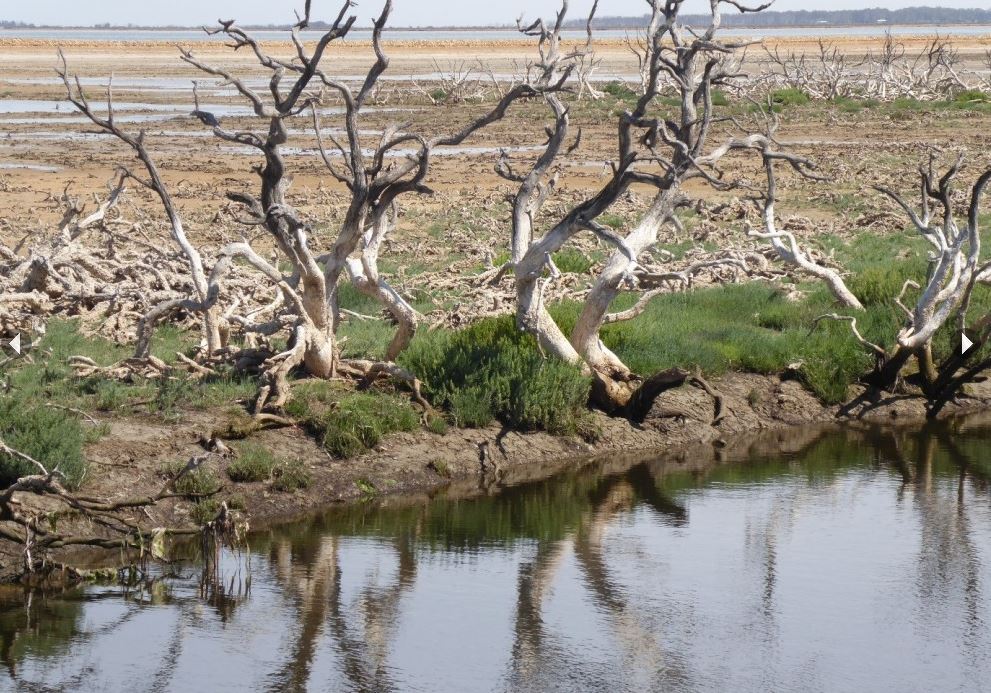
Flinders University scientists assessing blue carbon opportunities for Dry Creek north of Adelaide have received new State Government funding.
The project, led by Flinders Professor of Marine Biology Sabine Dittmann, is assessing the blue carbon futures for Dry Creek and stranded saltmarsh habitats around the Dry Creek and the Samphire Coast areas of Gulf St Vincent.
Stranded marshes are areas cut off from tidal flows by levees or other developments. Reinstating tidal flows allows saltmarshes and mangroves to be restored and their health improved, but can also provide important feeding areas for migratory shorebirds.
Blue carbon is carbon from the atmosphere which becomes incorporated into coastal ecosystems, mostly in the plants and sediments of saltmarshes, mangroves and seagrasses.
Professor Dittmann, who is part of the Marine and Coastal Research Consortium at Flinders, is an expert in coastal ecosystem ecology.
“Our investigations into carbon capture in soils and saltmarsh vegetation following the introduction of tidal flow will help to advance market mechanisms for carbon offset through blue carbon,” says Professor Dittmann, who has collaborated with a scientific team at the Dry Creek site for some time. “We will also assess benefits for biodiversity from coastal restoration, and seek to inform decision-making.”
The Department for Environment is providing $240,000 in grant funding for three projects working to restore and protect Adelaide’s coastal environments.
The grants will explore the potential of blue carbon sites from the Fleurieu Peninsula through to Adelaide’s northern coastline.
The projects will increase understanding of the real carbon storage potential of coastal habitats and also help our understanding of carbon market opportunities.
This knowledge will help enable coastal managers to take advantage of future carbon market opportunities, for example, through a national blue carbon credit scheme.
The funding will be managed by the Adelaide and Mount Lofty Ranges (AMLR) Natural Resources Management Board as part of its Blue Carbon Futures Grants program.
The three latest research grants will be used to explore the potential for blue carbon sites from the Fleurieu through to Adelaide’s northern coastline.
The projects involve significant collaboration and co-investment across universities and researchers, and the NRM board’s $240,000 investment has leveraged projects with a combined value of more than $660,000.
The NRM board’s Blue Carbon Futures Fund supports regional initiatives to implement the State Government’s Blue Carbon Strategy for South Australia.
The Blue Carbon Futures Grants are funded from the NRM levy.
The two other AMLR Blue Carbon Futures fund projects to receive grants are:
Mapping coastal wetland blue carbon potential in the Adelaide Mount Lofty Ranges Natural Resource Management region, led by the Adelaide of University.
Potential for Zostera seagrass recovery and rehabilitation to enhance blue carbon.

